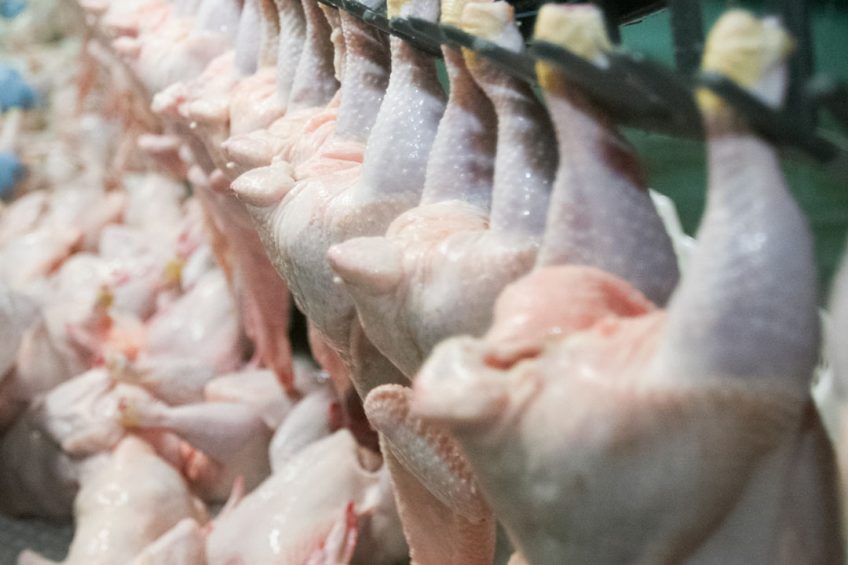‘Positive outlook’ for poultry in 2020

The outlook for global poultry in 2020 is slightly more positive than it was in 2019 when markets suffered from relative oversupply, according to the latest Rabobank analysis.
A key driver of the gradual recovery will be ongoing strength in trade flows to Asia in order to supply African swine fever-affected markets such as China, Vietnam, South Korea, and the Philippines, the report covering the first quarter of 2020 says.
Those trade flows will be positive for dark-meat prices, though they will be subject to increasing volatility.
Improved beef prices (the main substitute for fresh poultry), stable global average feed prices, and more balanced supply will also all support the gradual recovery, according to Rabobank.
Several wildcards could impact markets in 2020, including Brexit, the ongoing risk of AI, feed-price volatility (the base-case scenario indicates limited growth), and potential trade disruptions.” – Nan-Dirk Mulder.
ASF pushes chicken expansion
The downside is that global whole-bird and breast-meat markets will remain pressured and have limited price upside. African swine fever (ASF) will increasingly push chicken expansion in Asia in 2020 it says.
This will help fill the gap in local protein markets affected by ASF, but it also raises concerns about future oversupply, according to Rabobank.
Also read: 2019 dominated by swine fever
Local price volatility
Strong growth in local supply – from poultry companies and pig farmers who invest in poultry farming – and rising imports are boosting supply. This will likely result in local price volatility in 2020. Global markets will be highly volatile in 2020.
Dark-chicken meat prices
Dark-chicken meat prices are expected to stay at average to high levels, but with more volatility. Supply growth in ASF-affected markets, rising availability of dark meat after Russia’s and Ukraine’s entry to global markets, and the reopening of US chicken exports to China, will all add to volatility in global trade flows.
Market trends
Nan-Dirk Mulder, the author of the report, said: “The top-performing markets in 2020 will be China, which is expected to see short supply in the next 4 to 5 years, and Mexico, where supply will also remain short, after outbreaks of avian influenza (AI) in early 2019.
“The US – and, to a lesser extent, the EU and Russia – will see improvement if supply stays balanced. Several wildcards could impact markets in 2020, including Brexit, the ongoing risk of AI, feed-price volatility (the base-case scenario indicates limited growth), and potential trade disruptions.”
In trade, we see more openings in Asia (partly because of AI), but also rising restrictions in Africa and the Middle East.












